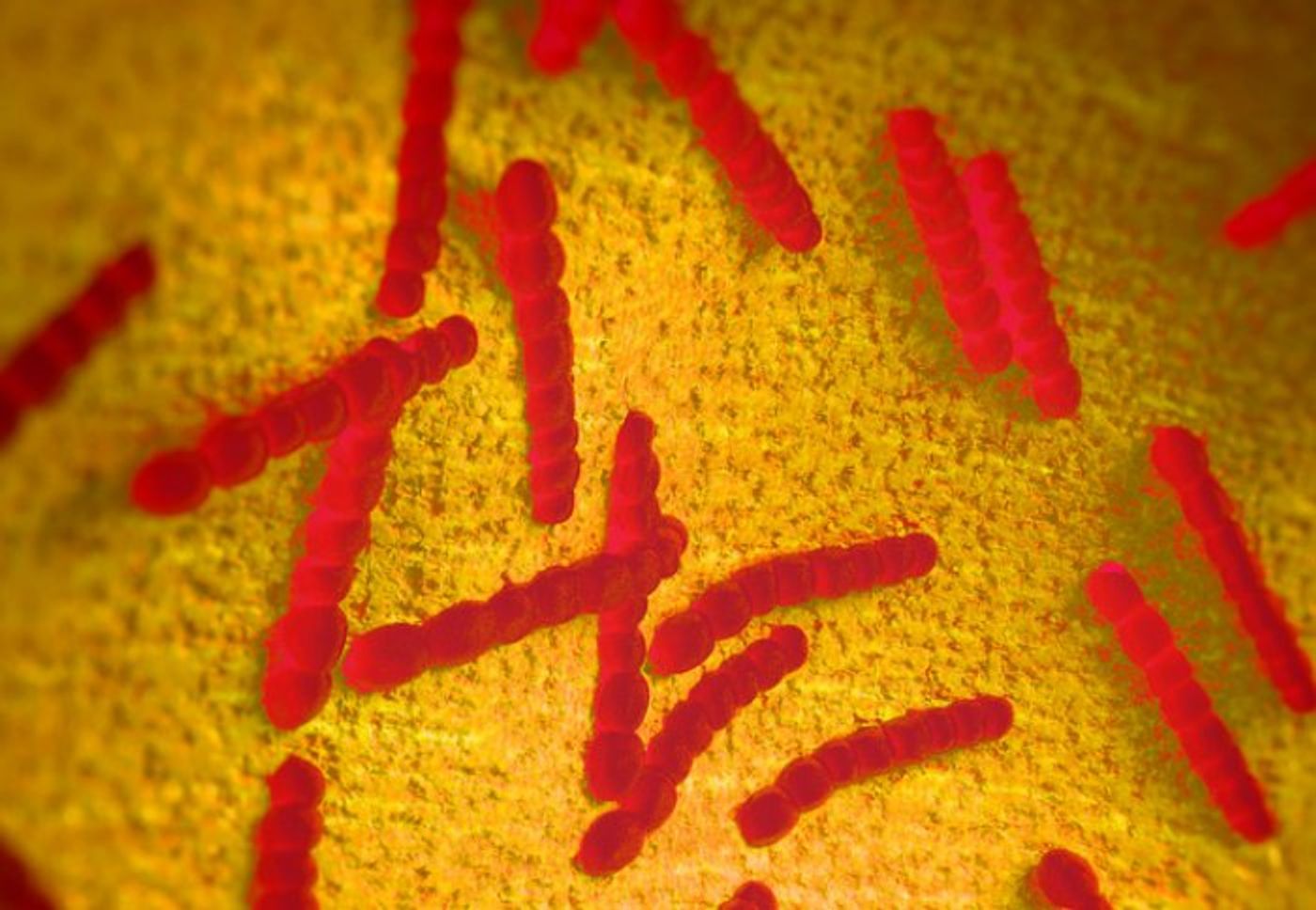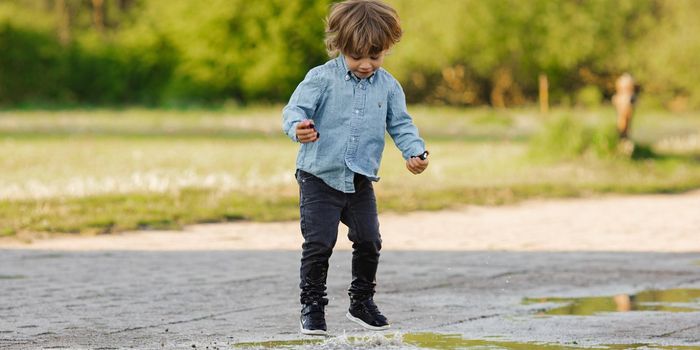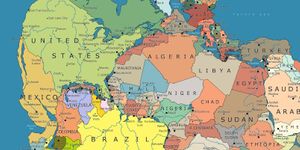Genetic Hotspot Helps Bacteria Evade Detection
Many dangerous bacterial pathogens have a protective coating that protects them from the immune system. Researchers at Imperial College London have leaned the coat of the bacterium Streptococcus pneumoniae is encoded for in part by a genetic hotspot that can undergo rapid evolution. The bacterium can thus quickly adapt that outer layer as needed to evade immune cells. This could potentially be a problem for future vaccines, so knowing more about this region of the genome could be very helpful.
S. pneumoniae can cause pneumonia, or meningitis and blood poisoning in susceptible patients (learn more about the bacterium from the video). Every year it kills around 500,000 children under the age of five. While vaccines created in the past 20 years and targeting some of the worst strains have been able to reduce deaths, other strains are becoming more common.
"Pneumococcal bacteria have been practicing evading the immune system for a very long time, so they are quite well adapted to changing their 'appearance' to overcome the challenge," explained researcher leader Dr. Rafal Mostowy of the School of Public Health at Imperial.
Reporting in Molecular Biology and Evolution, the researchers analyzed the genomes of S. pneumoniae, sampled from over 4,500 cases in 29 countries. One area in which strains are known to differ is the capsule that coats the bacteria, protecting them. The analysis showed that some genes that are needed for that capsule are contained within an area of the genome that has been changing much faster than other parts. Mutations happen in that area twice as much as in other genomic regions.
The scientists also found that there are a few genetic elements that are shared among the microbes. That suggests that DNA swapping has gone on between the strains, utilizing horizontal gene transfer (discussed in the video at the bottom). There was also evidence that another species had added genes to the Streptococcus bacteria, a potential way to create novel drug resistance in bacteria.
"What these results show is that seemingly uninteresting 'harmless' bacteria can help potentially lethal bacteria to become more diverse, and in the long term, could help them to diversify in the face of vaccines," explained Dr. Mostowy. "We didn't know how much of a role these harmless commensal bacteria – which live inside our bodies – played in this process, but it appears that they are critical in the diversification of an important pathogen, and are actually highly relevant from the medical point of view."
The most popular vaccines for pneumococcus act by tagging sugars on the capsules of the bacteria so the immune system will recognize them as invaders, and mount a strong immune response if they are detected again. If the bacteria evolve and no longer use the sugars the vaccines take advantage of, it could reduce vaccine efficacy.
"The vaccines that we currently use target a rapidly evolving complex of genes – the cps locus – which probably changes so fast because it has been under pressure from our immune systems for hundreds of thousands of years," said Dr Mostowy.
The researchers note, however, that genetics are only one factor. The environment, drugs and other pressures can affect the emergence of new strains as well. The investigators think that vaccines are still our best defense.
"There is very strong evidence to show that vaccination really does protect children who are most at risk from the disease, and this work provides an important step towards safeguarding vaccines against long-term potential future changes that could alter that." stressed Dr. Mostowy.
The researchers now aim to learn more about horizontal transfer between streptococci, and how it can generate changes in the capsule.
Sources: phys.org via Imperial College of London, Molecular Biology and Evolution









